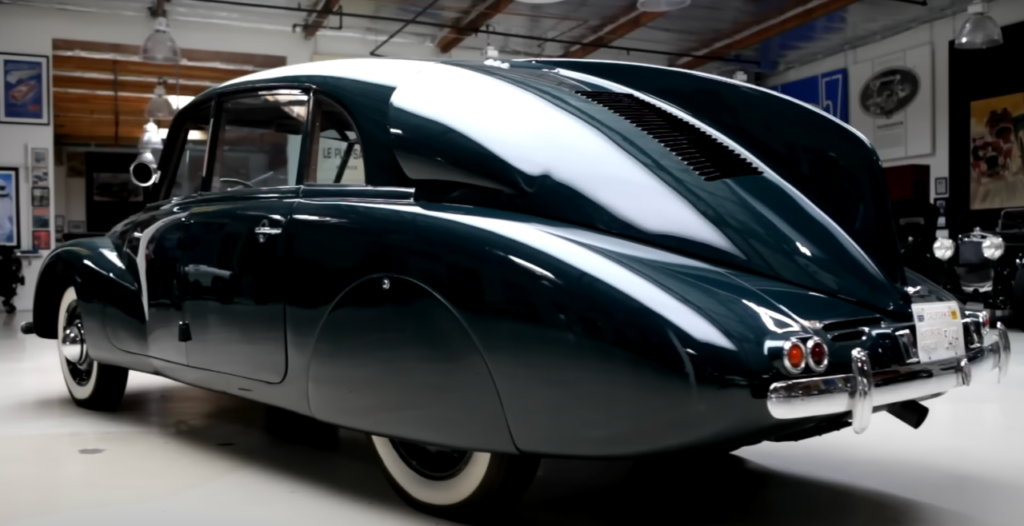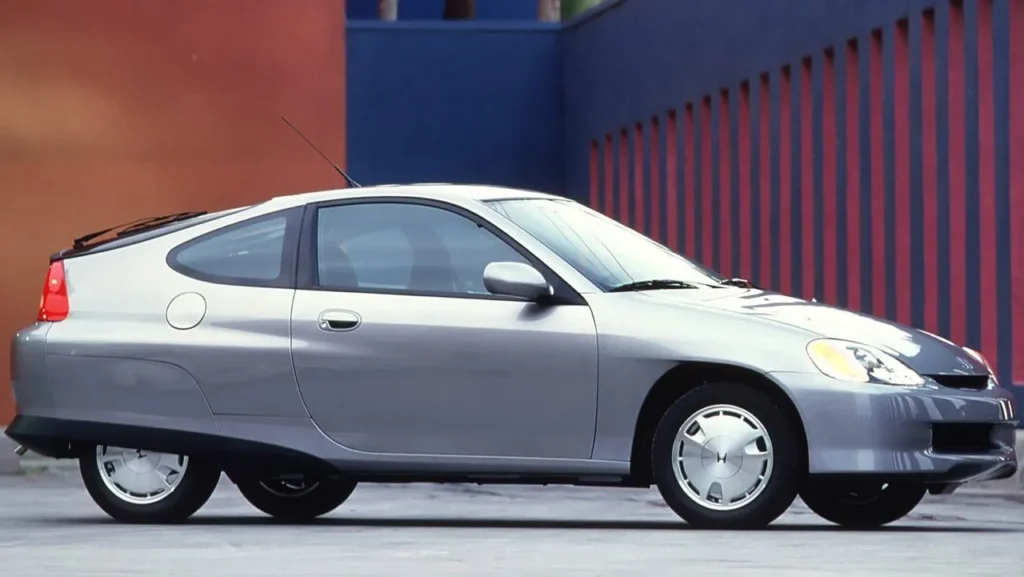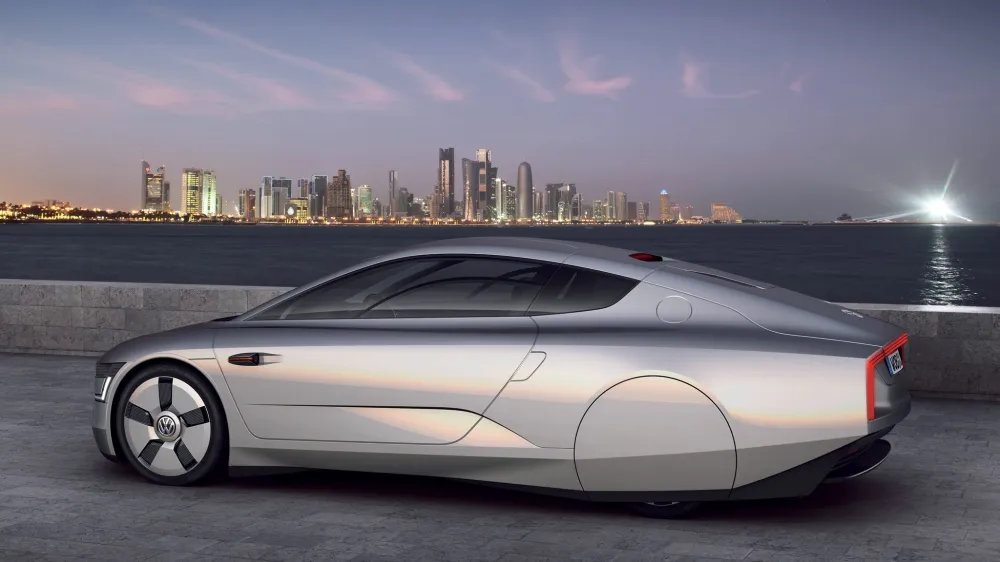Not only does aerodynamics impact the vehicle’s performance, efficiency, and stability, but it also affects the vehicle’s visual appeal. Car companies have been pushing the limits of aerodynamics for decades in an effort to manufacture mass-produced vehicles that are both aesthetically pleasing and very efficient at reducing air resistance. Presented below are a selection of the most groundbreaking aerodynamic production automobiles of all time, highlighting the engineering and design elements that gave each one its distinctive character.
- Aerodynamics’ Groundbreaking Contribution to Vehicle Design
Designing an early car was more about aesthetics than practicality. Engineers first overlooked the importance of aerodynamics, but their focus shifted to speed and efficiency. The development of modern, low-drag automobiles may be traced back to the advent of the first genuinely aerodynamic vehicles in the 1920s and 1930s. The Chrysler Airflow and other groundbreaking early models featured aerodynamically efficient designs that cut down on drag and increased gas mileage.
1.1 Aerodynamic Testing’s Historical Development
Computational fluid dynamics (CFD) and wind tunnels were game-changers for vehicle aerodynamics. By simulating the flow of air over a vehicle’s surface in a wind tunnel, engineers were able to make fine-tuned adjustments to boost stability and decrease drag. Conversely, computational fluid dynamics (CFD) allowed for the simulation of airflow under different scenarios, which further refined designs without requiring actual prototypes.

- Famous Aerodynamic Mass-produced Vehicles
2.1 Chrysler Airflow from 1934
Many people believe that the Chrysler Airflow was the first vehicle to consider aerodynamics during design intentionally. It had revolutionary features such as an integrated headlamp system and a sloping windshield, in addition to its revolutionary teardrop design and sleek body. Although the Airflow did not achieve commercial success, its innovative design did lay the groundwork for subsequent innovations in aerodynamics.
2.2.2 Fiat 8V Supersonic from 1953
Ghia created a 1950s aerodynamic styling masterpiece with the Fiat 8V Supersonic. Its low profile enhanced stability at high speeds while its long, tapering tail and sleek, flowing lines helped cut drag. When thinking of cars from the 1950s and 1960s, few can help but think about the 8V Supersonic.
2.3 Citroën CX 1984
With its modern, aerodynamic design, the Citroën CX revolutionized the way vehicles were made in the 1970s. For its day, its 0.36 drag coefficient (Cd) was remarkable, and the vehicle’s hydropneumatic suspension technology added to its already exceptional stability on the road.
1992 McLaren Formula One
The aerodynamics and performance of the McLaren F1 are legendary. The design of the F1 was characterized by a relentless pursuit of minimizing drag while preserving downforce, resulting in a Cd of only 0.32. It was unique among supercars of its day due to its active aerodynamics, which included a speed-sensitive rear wing.
BMW i8 2.5 2014
Incorporating state-of-the-art technology with current aerodynamic design, the BMW i8 embodies the modern era. Lightweight materials, active air flaps, and a streamlined design all contribute to its low drag coefficient of 0.26. The i8 is an industry trailblazer in the hybrid sports vehicle market because its design improves both performance and fuel economy.

- Efficient and Performance-Driven Modern Aerodynamics
3.1 Aerodynamics in Action
These days, no modern high-performance vehicle would be complete without active aerodynamics. Vehicle aerodynamic optimization systems balance downforce and drag in real-time, depending on driving conditions. These systems include adjustable rear wings, active air ducts, and adaptive suspension. The Koenigsegg Jesko, Ferrari LaFerrari, and Porsche 918 Spyder are a few examples of high-performance vehicles that use this technology.
3.2 Efficient Aerodynamics and Lightweight Materials
Lightweight materials like aluminum and carbon fiber are playing a bigger role in aerodynamic design. Engineers can maximize acceleration, braking, and cornering performance while keeping or lowering aerodynamic drag by making vehicles lighter. Vehicles such as the Bugatti Chiron and the Pagani Huayra, in which every gram matters, showcase the incorporation of these materials.

3.3 Aerodynamic Design Current and Future Trends
New methods of aerodynamics will likely emerge as vehicle technology develops further. In particular, designers will be motivated to increase range by reducing drag and improving efficiency in electric cars (EVs), which will drive new advances. The next generation of mass-produced automobiles will most certainly be influenced by ideas such as integrated solar panels, sophisticated active aerodynamics, and extremely low drag coefficients.
In summary
Every part of a car’s performance is affected by aerodynamics, which has become an essential part of contemporary car design. The pursuit of aerodynamic perfection has always been a driving force in the automotive industry, from the first vehicles like the Chrysler Airflow to the most state-of-the-art hypercars of today. Looking ahead, aerodynamic innovations will remain crucial in determining the vehicles we drive, bringing together efficiency, performance, and style in more nuanced ways.








